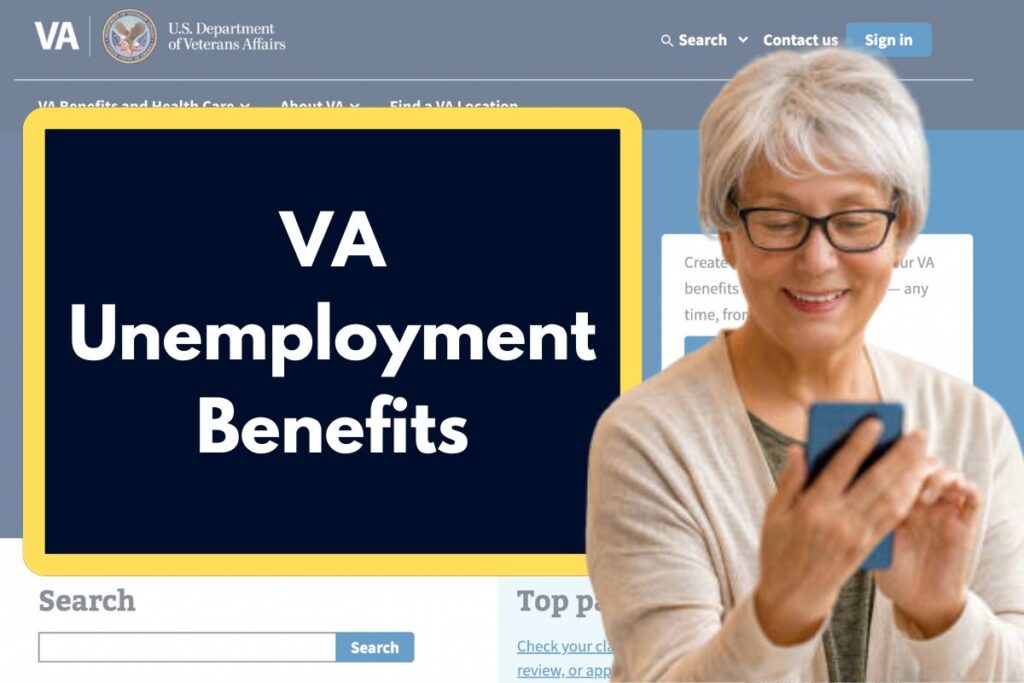If you are unable to work and believe that your service connected disability keeps you from finding and keeping a job that pays well. Individual unemployability may qualify you for total disability. After completing the VA disability benefits application process, you will receive a rating on a scale ranging from 10 to 100 percent disabled.
Your rating determines the VA Individual Unemployability Payment Amount 2025 you get. You will receive full benefits if you receive a perfect rating. However, a total rating based on Individual Unemployability (IU) is an alternative form of full benefits that does not require a perfect score.
VA Unemployment Benefits
This program permits you to obtain compensation equivalent to that of a 100% disabled veteran, although there are still many unanswered problems regarding the standards. This is for individuals whose military experience has left them unable to find productive job or who are still unemployed.
You might be eligible for VA unemployment benefits 2025 if your inability to work is due to a service-connected disability. VA determines a veteran’s eligibility for UI based solely on service-connected disabilities. Even individuals who do not meet the full 100% rating are eligible for this compensation if they are unable to work due to a service-connected impairment.
Who is eligible for Individual Unemployability?
Veterans who are determined to be “unemployable” in this situation will receive full benefits from the VA, even if their rating is less than 100% disabled. These veterans have service-connected disabilities that prevent them from working or from being “marginally employed,” meaning they are unable to make more than the annual poverty threshold.
Additionally, veterans who work for family-run companies, such farms, are regarded as having “sheltered employment” and may qualify for TDIU even if their salary is higher than the poverty line.
- Has a minimum of one service-connected disability with a rating of 60% or above.
- Has a total disability rating of 70% or higher and multiple service-connected disabilities, one of which is classified at 40% or higher.
- If any of the above apply to you, you must provide proof that you are unable to find a good job that either pays more than the federal poverty threshold or does not fall under a sheltered working environment.

How to get the benefits?
- Veterans’ Compensation for Disability Increase Application (VA Form 21-8940).
- Form to get employment information data related to a disability benefits claim (VA Form 21-4192).
In order to prove that your impairment prevents you from maintaining a regular job, you will need to present supporting documents, such as test results or medical reports. DVA will also look over your educational background and employment history.
Applying for IU: A Step-by-Step Process
You must understand it before filing for Individual Unemployability (IU) benefits. This is started by Veterans by filling out VA Form 21-8940. Important actions include to share employment and medical data that support the claim and getting a thorough statement from a physician explaining how the handicap impacts one’s ability to perform their job.
Even if IU was not specifically claimed, the VA may be obligated to take into account TDIU in certain situations when information in the veteran’s file indicates they may be unemployed due to service-connected ailments. Furthermore, “buddy statements” from coworkers or other military personnel can be extremely helpful in support a claim since they offer personal recollections of the veteran’s impairment and its effects.
Since many successful claims are realized at this point, it is important to be ready to appeal if your claim is originally denied. Hiring a VA-accredited attorney or agent can also be very helpful. The chances of an IU claim being successful might be considerably increased by carefully following these steps.
Overcoming VA Unemployability Claims Denial
Denying VA unemployability claims might be discouraging, but there are steps veterans can do to get past this obstacle. Veterans can now challenge a denial of Individual Unemployability in three different ways under the VA’s Appeals Modernization Act (AMA).
- Initially, clients have the option to submit a Supplemental Claim, in which they offer new, respective information that the VA has not previously received. With this, more supporting material that supports how the veteran’s service-connected disability affect their capacity to work can be submitted.
- Requesting a Higher-Level Review is the second choice, in which a senior VA reviewer revisits the first ruling without taking any fresh information into account. The goal of this review is to find any mistakes or omissions in the claim’s original assessment.
- The 3rd option is to file an appeal with the Board of Veterans’ Appeals directly. Veterans who select this option have three options for their dockets: Direct Review (no hearing or extra evidence), Evidence Submission (submission of new material without a hearing), or Hearing Docket (possibility of presenting new evidence during a hearing).
| Official Website | Click Here |
| Homepage | KeralaCoBank.Com |
Samarth Choudhary is a Chief Editor at keralacobank.com. He has overall editorial experience of 10 years in online media. He has completed his graduation from University of California and masters in Finance from University of Dallas in year 2010. His major interest and expertise is in Finance, Taxes, Government Aid and Schemes. His Major focus is to help users to get relevant information which are published on keralacobank.com in easy and precise form.

